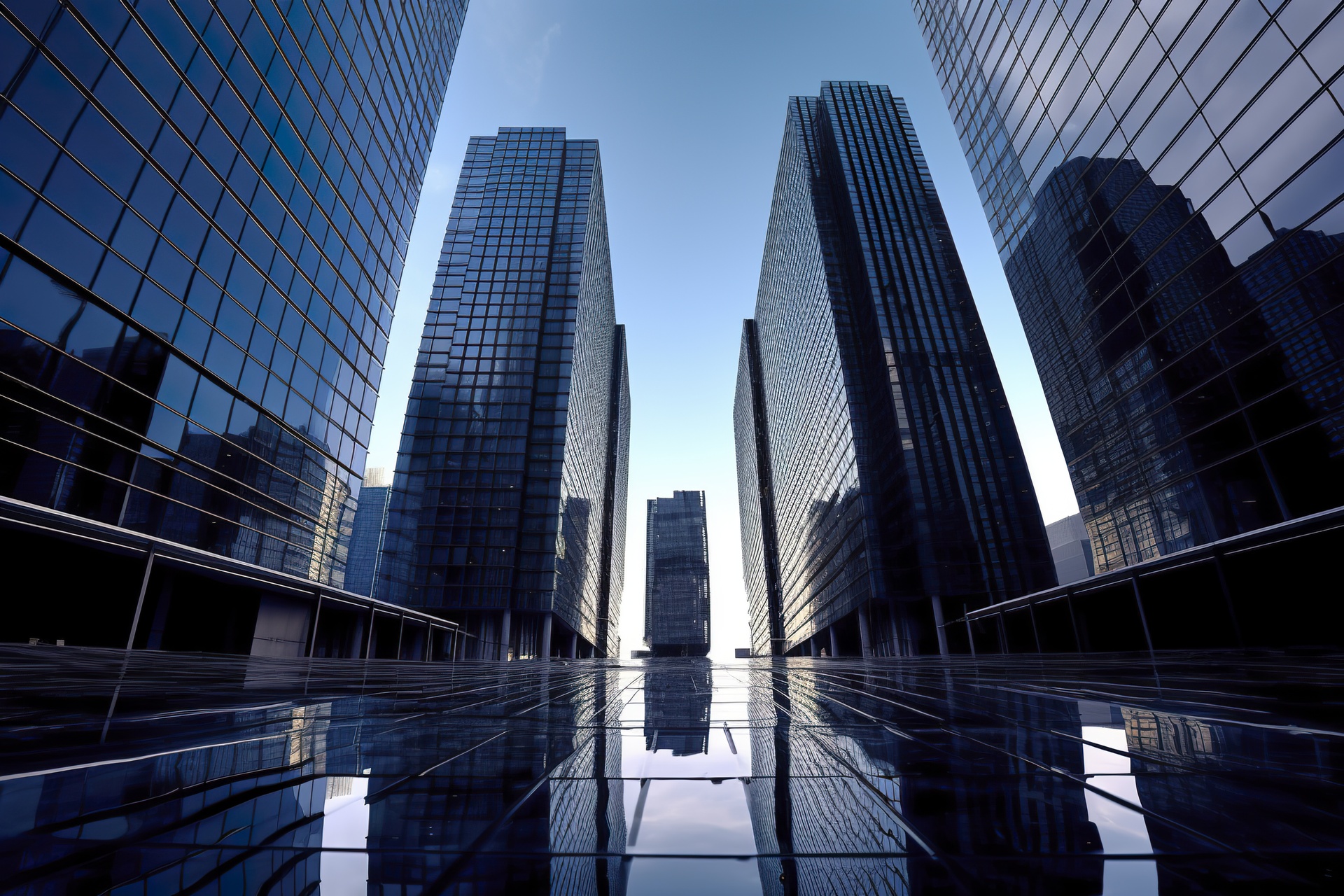The New York City commercial real estate (CRE) market has always been a dynamic and resilient landscape, shaped by economic cycles, technological innovations, demographic trends, and regulatory shifts. As we look ahead to the next decade, the future of CRE in NYC is poised for transformation. Here’s what property owners, investors, and developers can expect.
Continued Evolution of Office Space
Remote and hybrid work models, accelerated by the COVID-19 pandemic, have redefined the purpose of office space. While some predicted a permanent decline in office demand, NYC’s commercial market is adapting instead. Over the next decade, expect a shift toward flexible, amenity-rich spaces that prioritize wellness, collaboration, and technology integration.
High-end Class A buildings in central locations are likely to perform well, while older, underperforming buildings may face increasing vacancy or require repositioning into mixed-use or residential properties.
Increased Focus on Sustainability
New York City’s climate legislation, particularly Local Law 97, mandates that large buildings significantly reduce their carbon emissions or face steep penalties. This will shape development and retrofitting strategies over the next 10 years. Green building certifications, energy-efficient infrastructure, and smart building systems will not only be a compliance issue but also a competitive advantage.
Sustainable design will also be a major draw for tenants, especially those with ESG (Environmental, Social, and Governance) commitments.
Growth in Industrial and Life Sciences Sectors
The demand for last-mile logistics, e-commerce warehousing, and cold storage continues to grow, making industrial real estate a strong performer in the next decade. The outer boroughs—Brooklyn, Queens, and the Bronx—will see increasing industrial development as companies seek proximity to consumers.
Additionally, NYC’s investment in life sciences and biotech innovation is expected to spur demand for lab and research space, particularly in neighborhoods like Long Island City and East Harlem.
Retail Reimagined
While traditional retail has struggled, experiential and service-oriented retail is rebounding. In the next decade, mixed-use developments with ground-floor retail that offer lifestyle, dining, wellness, and cultural experiences will gain popularity. The line between retail and entertainment will continue to blur, and physical stores will increasingly serve as brand showcases and fulfillment hubs.
Rising Interest in Secondary Markets
Manhattan will always be a focal point, but Brooklyn, Queens, and even Staten Island are drawing investor interest due to lower price points and growing residential populations. With transit infrastructure improvements and rezoning initiatives, these areas will likely see an increase in commercial development.
Technology and Data-Driven Decisions
Over the next decade, CRE will be increasingly driven by data analytics, automation, and AI. Smart buildings with integrated systems for lighting, HVAC, and occupancy tracking will become the standard. Property management platforms, virtual tours, and predictive analytics will enhance asset performance and tenant experience.
Looking Ahead
The NYC commercial real estate market is not without its challenges—rising interest rates, stricter regulations, and shifting tenant expectations will all play a role. However, those who innovate, adapt, and invest in long-term value will find significant opportunities. The next decade promises a redefined, more resilient commercial real estate landscape that continues to reflect the city’s unmatched energy and ambition.

